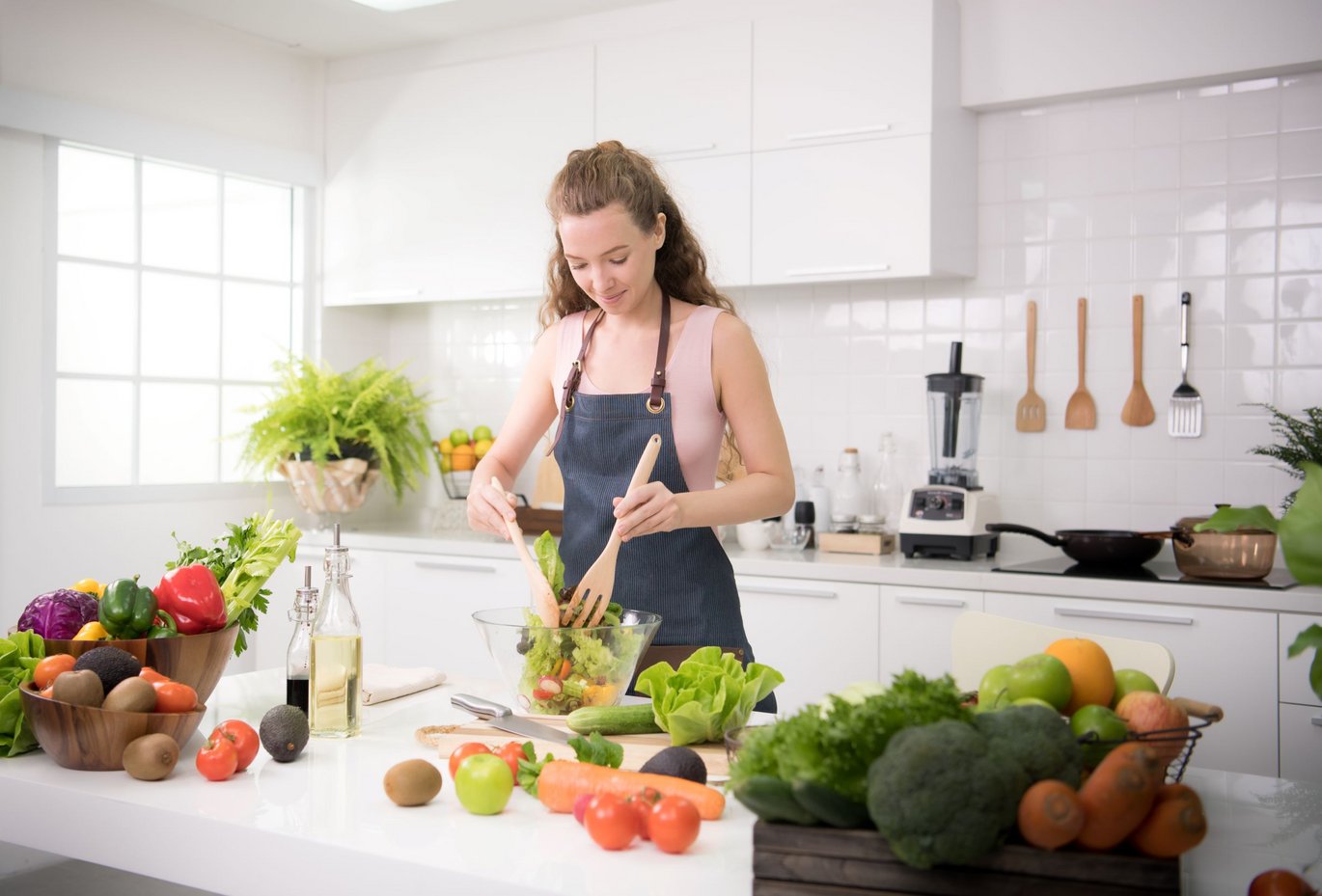Significant difference in the Danes' willingness to reduce meat consumption
Among Danish consumers, there is a general tendency to eat less meat, but it varies significantly among different types of consumers. A new report from the MAPP Centre at Aarhus University shows the variations.

A report from Aarhus University recently showed that an increasing number of Danes cut down on their meat consumption. Thus, almost one-third of consumers in the survey by the MAPP Centre said that they had reduced or stopped their meat consumption. A new report sheds light on the nuances, and there is a significant difference in the impact of the trend among different types of consumers. The report "Kvalitetsindeks (Quality Index) 2020" has been prepared by the MAPP Centre at the Department of Management at Aarhus University.
- There is a general tendency for consumers to reduce meat consumption, but it is worth noting that the trend does not apply to all consumers, says research assistant Julie Hesselberg, who is one of the authors behind the report.
It is the seventh consecutive year that the MAPP Centre publishes the DCA report “Quality index”. The report is based on surveys of Danish food consumers' quality perceptions, cooking competencies, willingness to pay and satisfaction. The "Quality Index 2020" focuses particularly on Danish consumers' attitudes towards meat and meat alternatives.
Large difference between three types of consumers
The researchers identify three consumer segments: "The quality-conscious" consumers, who are generally most open towards new trends. They are the ones most committed and experienced in terms of cooking and food shopping and they consider natural produce as an important quality for their food. "The uncommitted" consumers are less engaged in cooking and shopping, they experiment to a lesser extent in the kitchen, and they generally have less experience of cooking. "The moderate majority", with its 60 percent majority of Danish consumers, is between the two other consumer segments in relation to preferences and experience in the kitchen.
The report is based on two online questionnaires collected in 2020 and index data collected once a year since 2014.
Julie Hesselberg refers to the fact that eight out of ten of "the uncommitted" consumers say that they have not reduced their meat consumption and have no plans to do so, while more than half of the "the quality-conscious" consumers respond that they have already reduced their consumption of meat. "The moderate majority" lies between these two orientations.
- The consumers who are least engaged in cooking, who are the least interested in natural produce, and new dishes and foods are not on the trend of eating less meat. It is important to bear in mind in the debate that the meat-reducing Danes do not represent all types of consumers, says Julie Hesselberg.
Difficult to do without meat because of less delight
It can be difficult to do without the meat. More than half of the consumers who have tried to omit meat from their diets respond that they had started eating meat again within a month.
- These consumers miss the taste of meat; they find meat-free alternatives dull and are constantly tempted to eat meat. Even though they start eating meat again, they still think that you can make a difference for the climate through the diet, says Julie Hesselberg.
Mixed products have potential for meat reduction
When the meat is to be replaced, unprocessed products like dark green vegetables (for example broccoli, spinach and cabbage) are at the top of the list. At the bottom of the list, you will find processed completely plant-based products such as bean pâté, plant-based minced “meat”, which are overtaken by the popularity of mixed products such as meat spreads with vegetables, and minced meat mixed with vegetables.
- The interest in mixed products containing both animal and plant-based ingredients is significantly greater than for fully plant-based products, for example when we ask about products that resemble liver pâté or minced meat. In particular, the "moderate majority", which count the majority of Danes, see mixed products as having greater potential compared with completely plant-based products, says Julie Hesselberg.
The report "Quality Index 2020" continues the annual mapping of the Danes' perceptions and consumption of quality food, which is carried out by Aarhus University on a request from the Ministry of Food, Agriculture and Fisheries of Denmark.
| Further information | |
|---|---|
| Collaborators | Userneeds (data acquisition) Danish Veterinary and Food Administration and the Ministry of Food, Agriculture and Fisheries of Denmark. |
| Funding | The report "Quality Index 2020" was carried out by Aarhus University on the request from the Ministry of Food, Agriculture and Fisheries of Denmark. |
| External commenting | The department in the Ministry of Food, Agriculture and Fisheries of Denmark has commented on the report and both questionnaires (questionnaires 1 and 2) Danish Veterinary and Food Administration and DTU have commented on questionnaire 1. |
| Read more | The DCA-report Quality index 2020 |
| Contact | Professor Tino Bech-Larsen Email: tib@mgmt.au.dk Tel.: +45 2422 2592 |
